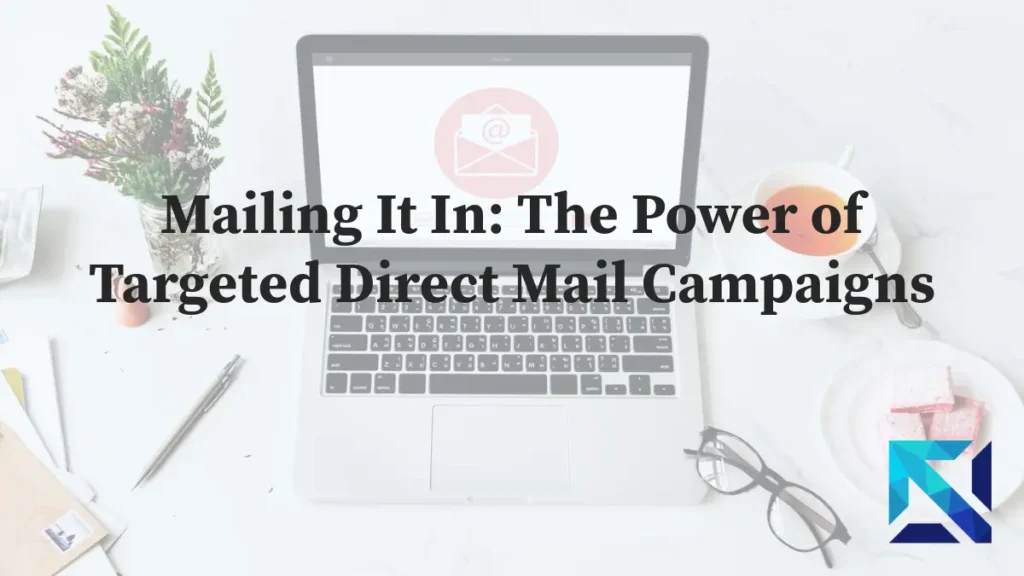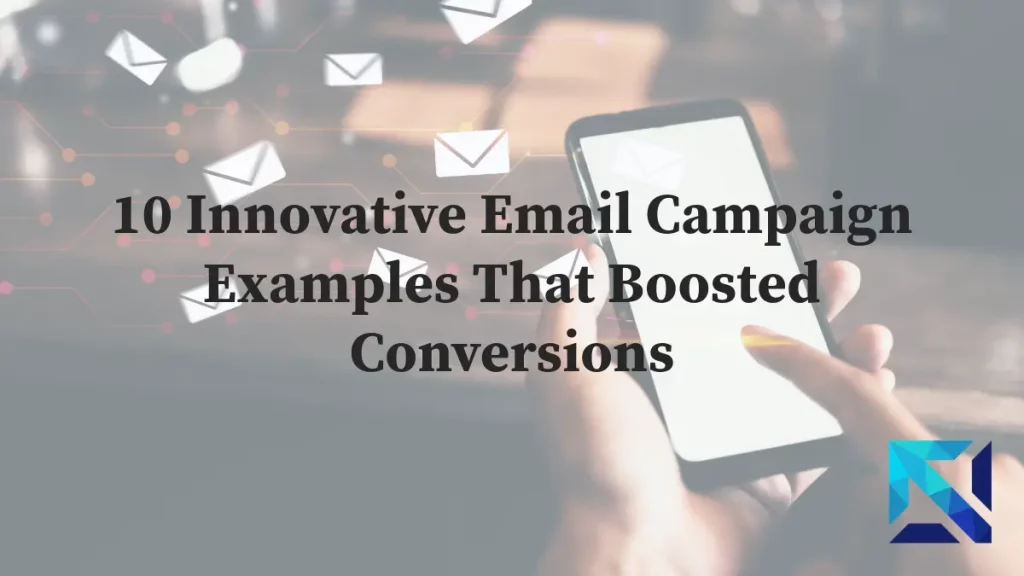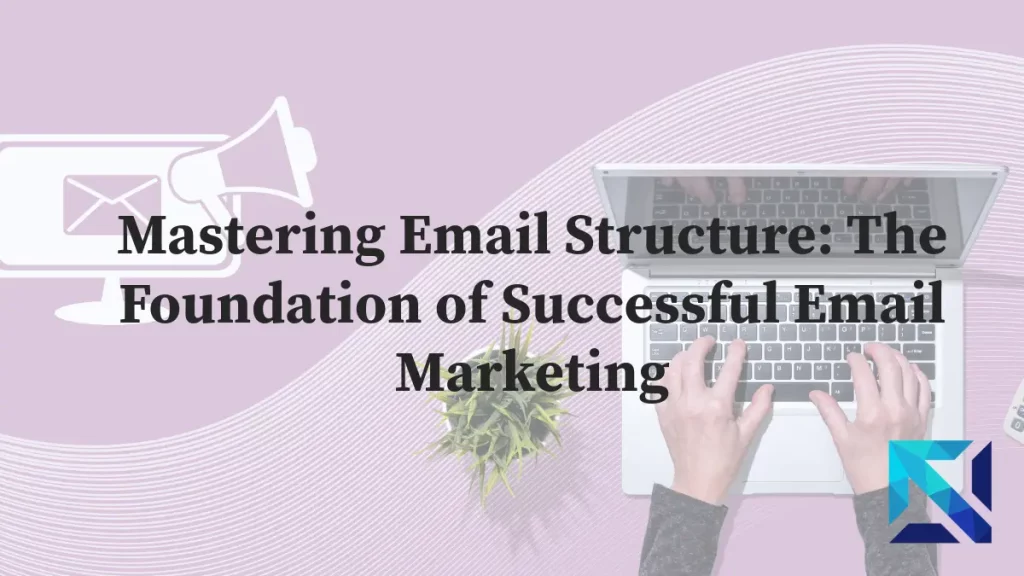In the realm of email marketing, the subject line serves as the critical first impression that can make or break your campaign’s success. Understanding the psychology behind effective subject lines is crucial for any email marketing copywriter aiming to boost open rates and, ultimately, click-through rates (CTRs). This comprehensive guide will delve into the intricate world of email marketing psychology, providing insights, strategies, and email copywriting examples to help you craft compelling subject lines that drive engagement.
Understanding the Importance of Subject Lines in Email Marketing
Before we dive into the specifics of crafting high-performing subject lines, it’s essential to grasp their significance in the broader context of email marketing:
1. First Impression: The subject line is often the first (and sometimes only) thing recipients see in their inbox.
2. Decision Point: It’s where readers decide whether to open, ignore, or delete your email.
3. Brand Representation: Subject lines contribute to your brand’s voice and perception.
4. CTR Catalyst: A well-crafted subject line sets the stage for higher click-through rates within the email body.
The Psychology Behind Effective Subject Lines

To master email marketing copywriting, you need to understand the psychological triggers that motivate recipients to open and engage with your emails. Let’s explore some key psychological principles and how they apply to subject line creation:
1. Curiosity Gap
The curiosity gap theory suggests that people are motivated to seek out missing information when they perceive a gap in their knowledge. In email marketing psychology, this translates to creating subject lines that pique curiosity without giving everything away.
Email copywriting examples:
- “The surprising truth about [industry trend]”
- “We’ve discovered the secret to [desired outcome]”
- “You won’t believe what happened when we [action]”
2. Fear of Missing Out (FOMO)
FOMO is a powerful psychological motivator that can drive people to take action to avoid missing out on valuable opportunities or experiences.
Email copywriting examples:
- “Last chance: Our biggest sale ends tonight”
- “Only 3 spots left for [exclusive event/offer]”
- “Don’t miss out on these limited-time deals”
3. Personalization and Relevance
People are more likely to engage with content that feels personally relevant to them. Leveraging personalization in subject lines can significantly boost open rates and CTRs.
Email copywriting examples:
- “[First Name], we’ve handpicked these items just for you”
- “Based on your recent purchase, you’ll love this…”
- “Exclusive offer for [City] residents”
4. Social Proof
Humans are inherently social creatures, and we often look to others for cues on how to behave. Incorporating social proof in subject lines can increase perceived value and credibility.
Email copywriting examples:
- “Join 10,000+ satisfied customers who love our [product]”
- “See why industry leaders are raving about [service]”
- “[Influencer Name] swears by this [product] – find out why”
5. Loss Aversion
People generally prefer avoiding losses to acquiring equivalent gains. This psychological principle can be leveraged in subject lines to motivate action.
Email copywriting examples:
- “Don’t lose your chance to save 50% – the sale ends soon”
- “Your abandoned cart is about to expire”
- “Last day to claim your free gift”
6. Reciprocity
The principle of reciprocity suggests that people feel obligated to return favors or gestures of goodwill. Offering value upfront in your subject line can trigger this response.
Email copywriting examples:
- “A free gift inside – just for being a loyal customer”
- “Exclusive content: Our best tips for [desired outcome]”
- “We’re sharing our top-secret [industry] strategies with you”
Crafting High-Converting Subject Lines: Email Marketing Copywriting Techniques

Now that we’ve explored the psychological foundations, let’s dive into specific techniques for crafting subject lines that boost open rates and CTRs:
1. Use Power Words
Certain words and phrases have been proven to elicit strong emotional responses. Incorporating these “power words” into your subject lines can dramatically increase engagement.
Email copywriting examples:
- “Unlock the secrets to [desired outcome]”
- “Revolutionary new [product] changes everything”
- “Exclusive access to our game-changing [offer]”
2. Create a Sense of Urgency
Urgency motivates quick action. Use time-sensitive language to encourage immediate opens and clicks.
Examples:
- “24-hour flash sale starts now”
- “Hurry! Only 5 hours left to claim your bonus”
- “Time-sensitive: Your exclusive offer expires at midnight”
3. Ask Intriguing Questions
Questions naturally prompt curiosity and engagement. Use them to draw readers in and encourage opens.
Examples:
- “Are you making these common [industry] mistakes?”
- “What if you could [achieve the desired outcome] in half the time?”
- “Ready to transform your [aspect of life/business]?”
4. Use Numbers and Lists
Numbers and lists provide structure and set clear expectations, which can be very appealing to readers.
Examples:
- “5 proven strategies to boost your CTR”
- “Top 10 [industry] trends you can’t ignore in 2024”
- “3 simple steps to [achieve the desired outcome]”
5. Leverage Exclusivity
People love to feel special. Use language that implies exclusivity or insider access to boost engagement.
Examples:
- “For VIP customers only: Early access to our new collection”
- “Invitation only: Join our exclusive [event/group]”
- “You’ve been selected for our beta program”
6. A/B Testing for Optimization
One of the most crucial aspects of email marketing copywriting is continuous improvement through A/B testing. This involves creating multiple versions of your subject line and sending them to different segments of your audience to see which performs better.
Key elements to test:
- Length (short vs. long subject lines)
- Personalization (with or without the recipient’s name)
- Emoji usage (with or without emojis)
- Tone (professional vs. casual)
- Call-to-action placement (beginning vs. end of subject line)
Advanced Email Marketing Psychology: Tapping into Subconscious Triggers
To take your email marketing copywriting to the next level, consider these advanced psychological techniques:
1. The Zeigarnik Effect
This principle suggests that people remember uncompleted tasks better than completed ones. Use this by creating a sense of incompleteness in your subject lines.
Examples:
- “You’re halfway to [goal] – here’s what’s next”
- “Continue your journey to [desired outcome]”
- “Your [product] setup is incomplete – finish in 2 minutes”
2. The Baader-Meinhof Phenomenon
Also known as the frequency illusion, this occurs when something you’ve just learned about suddenly seems to appear everywhere. Use this by referencing current trends or recent news.
Examples:
- “Everyone’s talking about [trending topic] – here’s why”
- “The [industry trend] you keep hearing about – explained”
- “How to leverage the viral [product/strategy] for your business”
3. The Pratfall Effect
This psychological principle suggests that people find others more relatable when they demonstrate minor flaws or imperfections. Apply this to your subject lines to create a more human connection.
Examples:
- “We goofed! Here’s 20% off to make it up to you”
- “Oops! We sent the wrong link. Here’s the correct one (+ a bonus)”
- “Our honest mistake led to this amazing discovery”
Avoiding Common Pitfalls in Email Marketing Copywriting
While focusing on crafting compelling subject lines, it’s equally important to avoid common mistakes that can harm your email marketing efforts:
1. Misleading subject lines: Never use deceptive tactics to boost open rates. It erodes trust and can lead to high unsubscribe rates.
2. Overuse of spam trigger words: Avoid words like “free,” “guarantee,” or excessive punctuation that might trigger spam filters.
3. Neglecting mobile optimization: Ensure your subject lines are concise and readable on mobile devices.
4. Inconsistency with email content: Your subject line should accurately reflect the email’s content to maintain trust and engagement.
5. Ignoring segmentation: Tailor your subject lines to different audience segments for maximum relevance and impact.
Measuring Success: Key Metrics for Email Marketing Copywriting
To continuously improve your email marketing copywriting, pay attention to these key metrics:
1. Open Rate: The percentage of recipients who open your email.
2. Click-Through Rate (CTR): The percentage of email recipients who clicked on one or more links in your email.
3. Conversion Rate: The percentage of email recipients who completed a desired action (e.g., making a purchase, or signing up for a webinar).
4. Unsubscribe Rate: The percentage of recipients who opt out of your email list after opening an email.
5. Spam Complaint Rate: The percentage of recipients who mark your email as spam.
By regularly analyzing these metrics and correlating them with your subject line strategies, you can refine your approach and improve your email marketing performance over time.
Top 5 Recommended Email Copywriting Tools
Grammarly
Grammarly is an AI-powered writing assistant that helps improve the clarity, correctness, and effectiveness of your copy. While not specifically designed for emails, it’s invaluable for catching grammar and spelling errors, suggesting vocabulary enhancements, and even providing tone adjustments to ensure your message strikes the right chord with your audience.
CoSchedule’s Email Subject Line Tester
This free tool analyzes your subject lines and provides a score based on best practices. It offers suggestions for improvement, including optimal length, use of power words, and emotional value. The tool also provides a preview of how your subject line will appear in various email clients, helping you optimize for different platforms.
Phrasee
Phrasee uses AI to generate, optimize, and analyze language for email marketing campaigns. It can create subject lines, body copy, and CTAs that are tailored to your brand voice and optimized for performance. Phrasee learns from your campaign data over time, continuously improving its language recommendations.
Hemingway Editor
Named after Ernest Hemingway’s concise writing style, this tool helps make your email copy bold and clear. It highlights complex sentences, passive voice, and unnecessarily complicated words, encouraging you to write more impactful, easy-to-read emails that resonate with your audience.
Send Check It
Send Check It is a comprehensive email testing tool that analyzes various aspects of your email, including subject lines, preview text, body content, and spam trigger words. It provides a detailed report with suggestions for improvement, helping you optimize your entire email for better deliverability and engagement.
Conclusion: Mastering the Art and Science of Email Marketing Copywriting

Crafting effective subject lines is both an art and a science. By understanding the psychology behind reader behavior and implementing proven email marketing copywriting techniques, you can significantly improve your open rates and CTRs. Remember to continually test, analyze, and refine your approach to stay ahead in the ever-evolving world of email marketing.
As you apply these strategies, always keep your audience’s needs and preferences at the forefront. The most successful email marketing campaigns are those that provide genuine value to recipients while aligning with your brand’s voice and goals. With practice and persistence, you’ll develop the skills to create subject lines that not only catch the eye but also drive meaningful engagement and conversions.
1. What is the ideal length for an email subject line?
The ideal length for an email subject line can vary depending on the device and email client used by your recipients. However, as a general guideline:
- Aim for 40 characters or fewer to ensure the full subject line is visible on most mobile devices.
- If you need more space, try to keep it under 60 characters to avoid truncation in most desktop email clients.
Remember that shorter subject lines often perform better, as they're quick to read and understand. However, the most important factor is that your subject line effectively communicates value and encourages opening, regardless of its exact length.
2. How can I use personalization in subject lines without seeming creepy?
Personalization can significantly boost open rates, but it's important to use it tastefully:
- Start with basic personalization, like using the recipient's first name.
- Use data you've collected ethically and transparently.
- Focus on relevance rather than just inserting personal details.
- Test different levels of personalization to find what resonates with your audience.
Example: Instead of: "John, we know you live at 123 Main St and like blue shirts" Try: "John, new arrivals in your favorite styles are here"
3. Are emojis effective in email subject lines?
Emojis can be very effective in email subject lines when used appropriately:
- They can help your email stand out in a crowded inbox.
- Emojis can convey emotion and add personality to your subject line.
- They can save space by replacing words with symbols.
However, consider these factors:
- Ensure the emoji is relevant to your message and brand voice.
- Be aware that some email clients may not display emojis correctly.
- A/B test subject lines with and without emojis to see what works best for your audience.
- Avoid overuse – one or two emojis maximum per subject line is usually sufficient.
4. How often should I change my email subject line strategy?
There's no one-size-fits-all answer, but here are some guidelines:
- Regularly analyze your email performance metrics (at least monthly).
- Conduct A/B tests on different elements of your subject lines continuously.
- Stay updated on industry trends and best practices (quarterly research is a good habit).
- Be responsive to significant changes in open rates or engagement.
- Adjust your strategy seasonally or for special campaigns.
Remember, while it's important to refine your approach, maintaining some consistency helps build brand recognition. Aim for a balance between innovation and familiarity.
5. How can I avoid my emails being marked as spam due to subject lines?
To minimize the risk of your emails being marked as spam:
- Avoid using all caps, excessive punctuation, or symbols.
- Stay away from typical spam trigger words like "free," "guarantee," "no obligation," etc.
- Don't use deceptive or misleading subject lines.
- Ensure your subject line accurately reflects the email content.
- Build a good sender reputation by maintaining a clean email list and getting whitelisted by recipients.
- Use authentication protocols like SPF, DKIM, and DMARC.
- Encourage subscribers to add your email address to their contact list.




